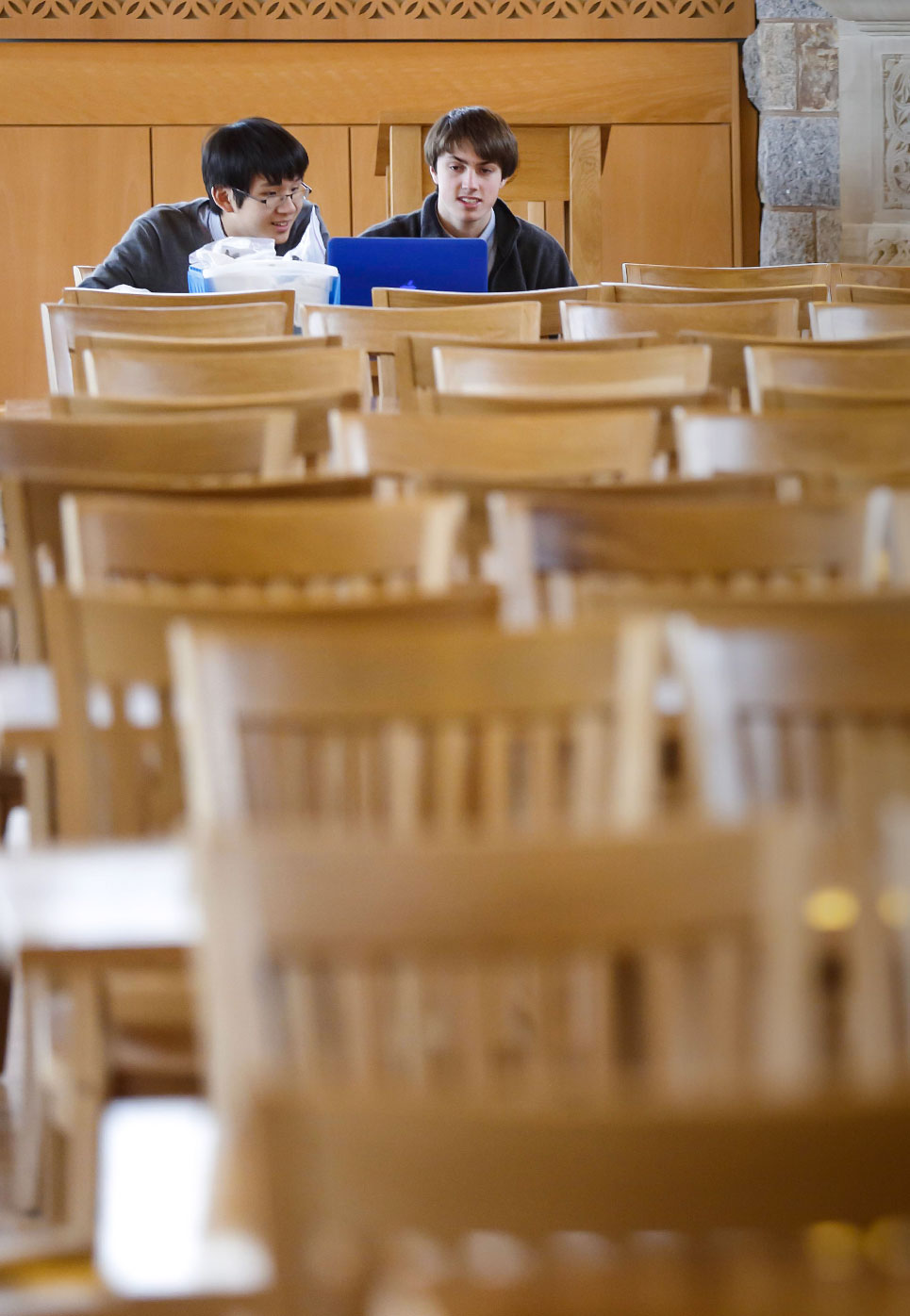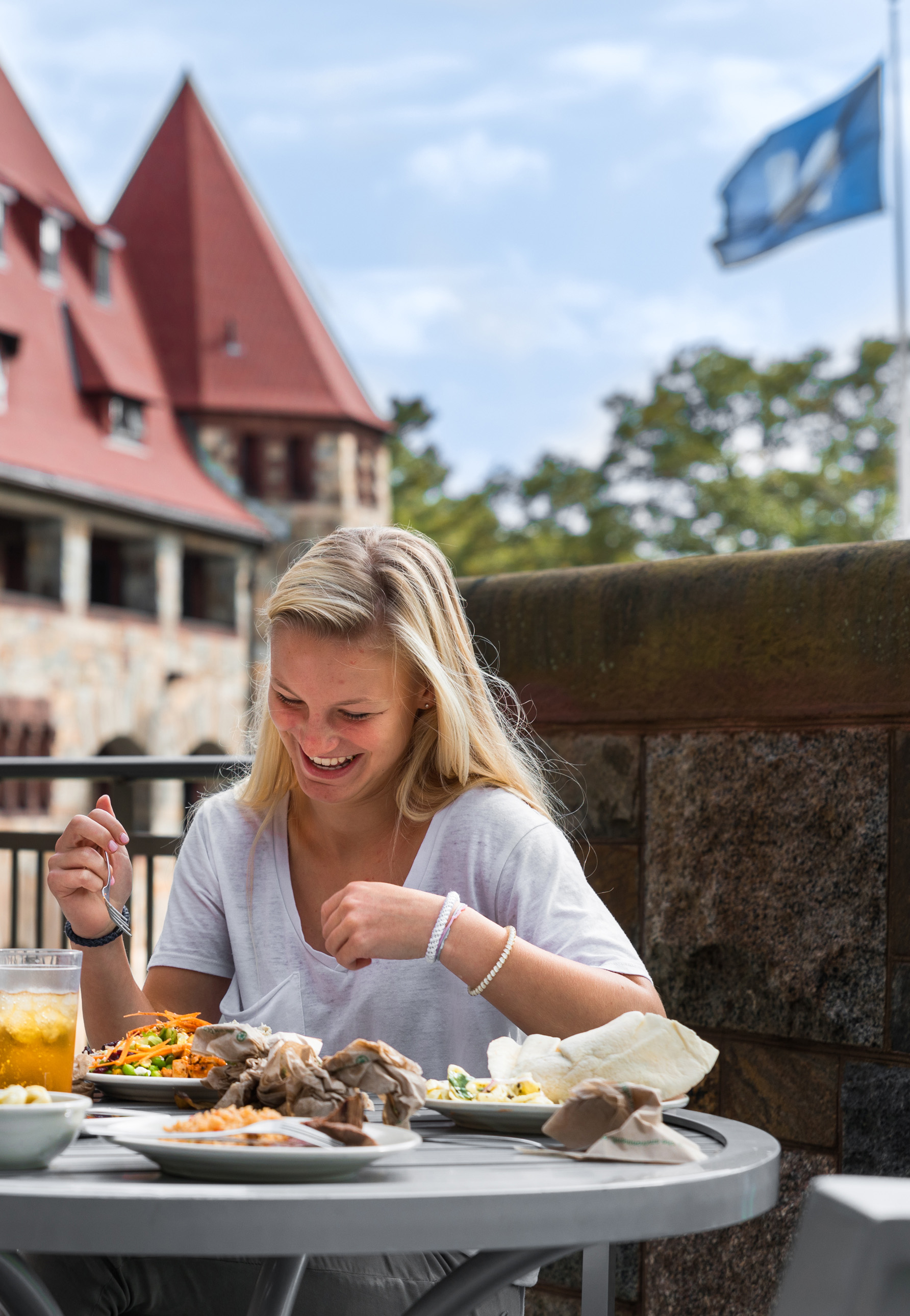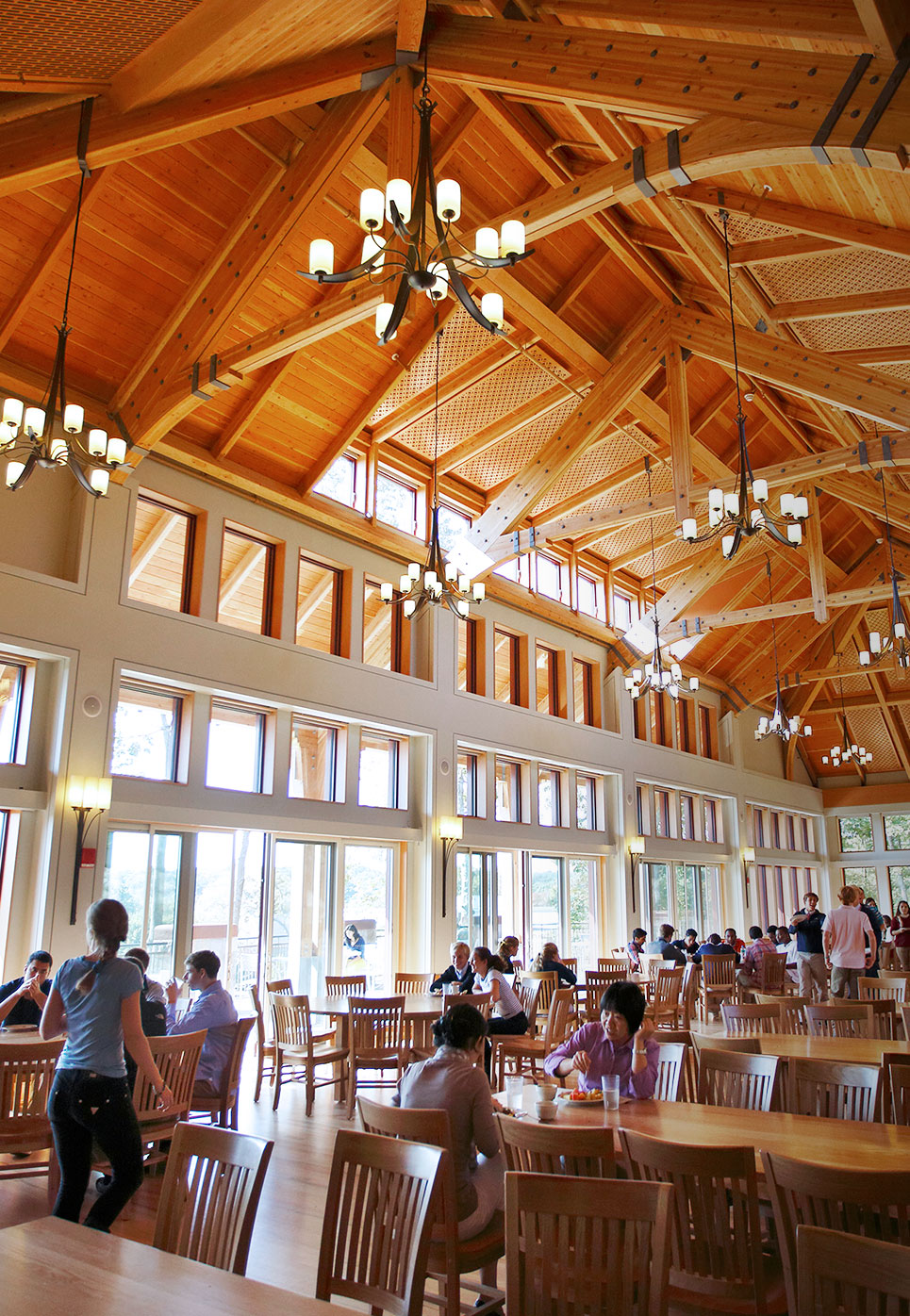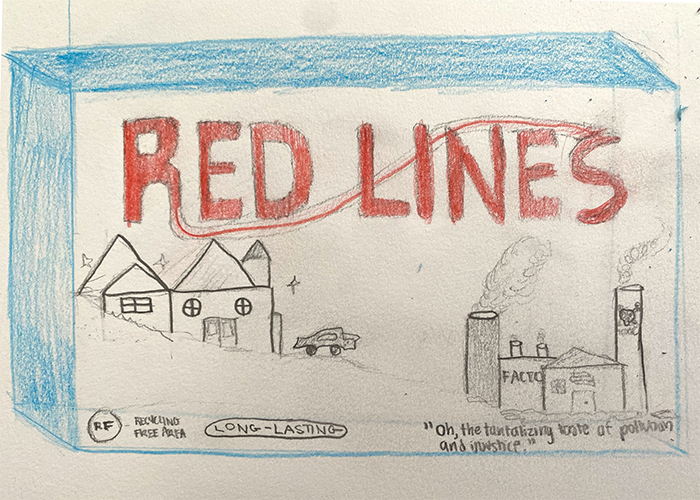During the past several years pre-Covid, Sixies would have spent a few days before spring break in Boston for “Identity Week,” exploring their own identities and learning important attributes of local communities. This year, given health and safety precautions, middle school faculty designed an immersive, interdisciplinary five-day alternative: “Race, Inequity, Power and Systems,” or RIPS.
Middle school civics and geography teacher Melissa Lyons explained, “In the spring and summer of 2020, the 7th grade team began rearranging our curriculums so that our units on race, inequities, power and systems would all align in the third quarter. We were already doing this work in our individual classes but we thought if we streamlined it at the same time, students would begin to make cross-curricular connections and we could more explicitly address the issue of white supremacy. As a group, we wanted students to consider how systemic racism might result in inequality of resources and power in society.
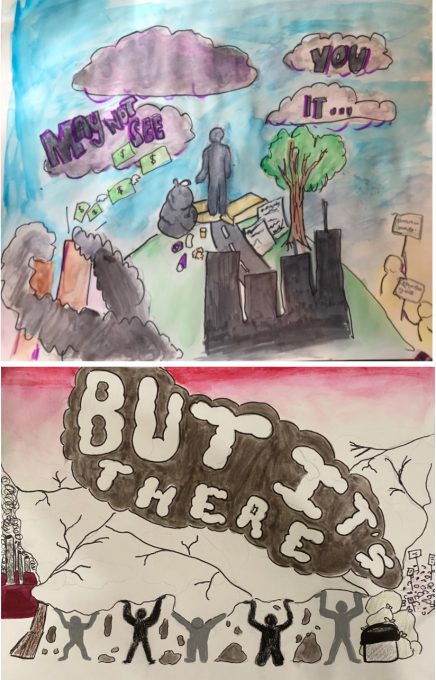 “For the week-long RIPS unit, our goal was to explore the tools of systemic racism that led to a generational cycle of injustice, its origins and impacts on society and within ourselves, and what we can do to create a more just society here in the U.S. and in Massachusetts, specifically,” she added.
“For the week-long RIPS unit, our goal was to explore the tools of systemic racism that led to a generational cycle of injustice, its origins and impacts on society and within ourselves, and what we can do to create a more just society here in the U.S. and in Massachusetts, specifically,” she added.
Science teacher Regina Campbell-Malone, Ph.D. reported that science students examined the many ways that pseudoscience has been used to establish the social/political classification of “races” to justify racism and the oppression of non-white people.
English teacher Clara Brodie described how, in English Via Latin, “We examined Harper Lee’s To Kill a Mockingbird through a critical lens, problematizing the white savior narrative and exploring the story’s limits.”
Lyons added, “In Geography, we explored the divisions created by socioeconomic differences in Mexico City, separating people by the caste system in India with the amplified effect of imperialism and then how imperialism created classification by race in South Africa.
“As teachers, we understood that going into this project there would be many bumps the first time through, but we did not want that to stop us from doing the work. We were impressed with the students’ willingness to ask good questions and to remain engaged on such a challenging topic, especially over Zoom. The project also provided out Sixies with an opportunity to work and get to know students who were not already in their classes. We let students choose what area they studied and then tried to match students to partners who they may not have had an opportunity to meet this year,” Lyons said.
Working in pairs, all seventh graders critically analyzed “the many ways that systemic racism permeates society and creates disparities in the opportunities and resources available to communities and individuals.” Each selected an area of focus: housing, education, healthcare, voting or environmental justice.
Students used an anti-racist note-taking framework to answer questions about and form a more complete understanding of their topic, examining it through the lenses of history, political equity and social injustice. They met virtually with community leaders from Boston and visiting organizations to learn about successes, obstacles and suggestions for change, as well as social justice implications of each issue. Faculty and staff led workshop sessions; then student pairs brainstormed solutions and created presentations incorporating rhetorical strategies and clear persuasion tactics, including specific, actionable proposals.
Pairs designed “creative calls to action,” considering their topic’s background, key facts and necessary changes. Each developed an artifact (videos, artwork, songs, or social media campaigns) and an artist statement of intention, describing how design and messaging converged, anticipating audience reaction, identifying challenges they overcame, and evaluating their own teamwork.
Final presentations to “inspire others to work towards change” took place over Zoom on March 13 to peers, faculty, and members of Class V. From original artwork and raps, to public service announcement videos and compelling Instagram campaigns, Sixies demonstrated their research skills, creativity, and commitment to bending the arc toward justice. They wrapped up the unit by sharing what they learned and questions that remained, as well as meaningful connections; impressed Fifthies added their own takeaways and reflections.
One Sixie reflected, “”My favorite part of RIPS was either actually learning about these insane issues and statistics, or putting my own creativity into my artifact. I value learning about current events to expand my horizon. Racism is a hard topic to talk about, but the effort Nobles puts into educating us on it will never be enough, but is so important. Also, creating our Instagram posts was actually pretty fun. I drew an image for some creativity points and I love sketching, so applying my hobbies to school helps me learn.”

